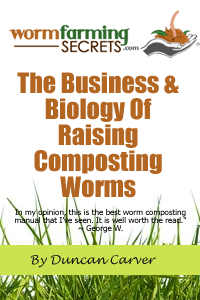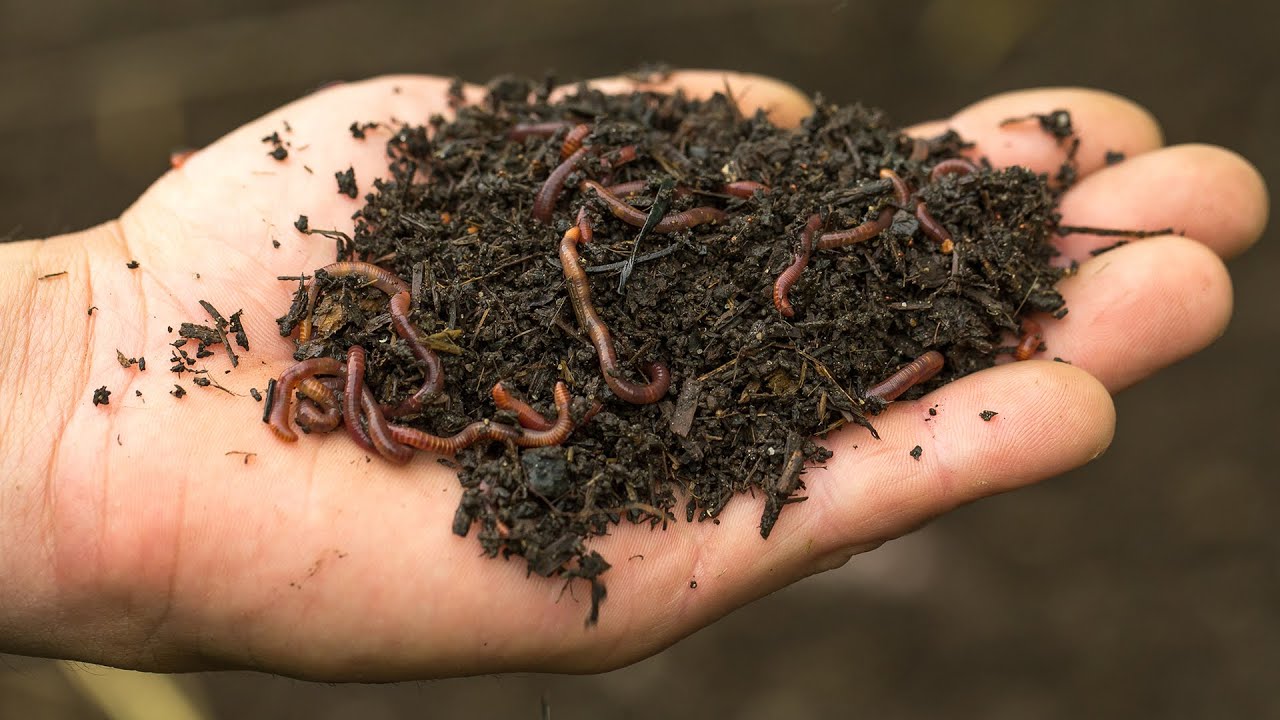“I’ve recently started a worm bin in my backyard in Melbourne, Australia, and I think I’ve spotted some unwanted pests in it. There are strange little bugs crawling around, and I’m worried they might harm my worms or spoil the compost. What steps should I take to identify and deal with these pests? Also, how can I prevent this from happening in the future?” Thanks, Jacob, Melbourne, Australia.
What Should I Do If I Find Pests In My Worm Bin?
Hey Jacob, congrats on starting your own worm bin! It’s a great way to recycle kitchen scraps and create nutrient-rich compost for your garden. But finding pests in your worm bin can be troubling, so let’s dig into it and see how you can manage this situation.
Identifying Common Pests in Worm Bins
First up, knowing what you’re dealing with is key. Worm bins can attract various pests, some of which are harmless, while others can be problematic. Here’s a rundown of the most common pests you’ll find:
- Fruit Flies: These are tiny and buzzing around, often attracted to decaying fruit and vegetable matter.
- Springtails: Small, white or gray, these critters jump when disturbed and feed on mold and decomposing material.
- Mites: These can vary in color from white to reddish. They are usually around very moist areas of the bin.
- Ants: Attracted to sweet or dry conditions, they can become a nuisance if they establish a colony.
- Centipedes and Millipedes: Long and segmented, centipedes can harm worms, while millipedes are generally harmless.
Dealing with Common Pests
Once you’ve identified the pests, it’s time to take action. Here’s a game plan to tackle each type:
- Fruit Flies:
- Cover Food Scraps: Bury food scraps under bedding to minimize attracting flies.
- Sticky Traps: Place sticky traps near the bin to catch adult flies.
- Fruit Fly Traps: A DIY trap using a jar, apple cider vinegar, and a funnel works great.
- Springtails:
- Reduce Moisture: Springtails thrive in moist environments, so letting the bin dry out a bit can help.
- Add Dry Bedding: Add more dry bedding like shredded paper, leaves, or cardboard.
- Mites:
- Limit Moisture: Mites love damp conditions. Ensuring your bin isn’t too wet can keep them under control.<!– Lemon Traps: Place a piece of lemon peel in the bin to attract and trap mites.
- Ants:
- Create a Moat: Place the legs of your bin in water to prevent ants from climbing up.
- Cinnamon Barrier: Sprinkling cinnamon around the bin can deter ants from entering.
- Centipedes and Millipedes:
- Manual Removal: Simply pluck them out and relocate them away from the bin.
- Balance Moisture and Food: Ensuring you have the right balance can help prevent an infestation.
Preventing Future Pest Issues
Prevention is better than cure, right, Jacob? Here’s how to minimize the risk of future infestations:
Maintain Proper Moisture Levels
Worms need a moist environment, but too much moisture can attract pests. Aim for a consistent moisture level similar to a wrung-out sponge. If the bin is dry, add water or moist bedding. If it’s too wet, add dry bedding materials like shredded cardboard or newspaper.
Adequate Ventilation
Good airflow reduces the chances of mold and bad odors that attract pests. Ensure your bin has enough ventilation holes. If you’re using a plastic bin, you might need to drill extra holes to improve air circulation.
Properly Bury Food Scraps
Buried food scraps are less likely to attract pests. Always bury them under a layer of bedding. Crushing or cutting up the scraps into smaller pieces can speed up decomposition, making the bin less attractive to pests.
Avoiding Certain Foods
Some foods are more likely to attract pests. These include:
- Meat and Dairy: They decompose slower and attract rodents and other pests.
- Oily Foods: These can create unpleasant odors that attract pests.
- Citrus Fruits: They can attract fruit flies and mites.
Regular Monitoring
Keep an eye on your worm bin to catch early signs of pests. Checking on your bin once a week is usually sufficient. Look for unusual movements or different types of bugs. Quick intervention can prevent a minor issue from becoming a major one.
Providing the Right Environment for Worms
Ensuring your worms are happy can indirectly control pests. A healthy worm bin is less attractive to unwanted guests.
- Temperature Control: Maintain a consistent temperature between 55°F to 77°F (13°C to 25°C). In extremely hot or cold weather, consider insulating your bin or moving it to a more stable environment.
- Food Balance: Offer a balanced diet to your worms. Include a mix of fruit and vegetable scraps, coffee grounds, and shredded paper.
- Regular Harvesting: Harvesting vermicompost regularly reduces pest build-up and keeps the bin environment fresh.
Using Natural Predators
Sometimes, introducing natural predators can help keep pest populations in check. Here are a few examples:
- Nematodes: Beneficial nematodes can control soil-dwelling pests like mites and certain larvae.
- Predatory Beetles: Some beetles feed on pests and can be a natural control method.
Make sure to research and understand the implications before introducing any natural predators into your worm bin.
Jacob, Your Specific Scenario
Given that you’re in Melbourne, the local climate is fairly mild, which means you might encounter a variety of pests throughout the year. Keep a close eye on humidity and temperature shifts, as these can influence pest activity. Given your location, ants might be a recurring nuisance, especially during the summer months.
For your worm bin, consider using some of the precautionary measures mentioned above, like creating a moat or using cinnamon as a deterrent. Regularly monitoring for excess moisture and promptly burying food scraps can make a big difference in keeping pests at bay.
Final Thoughts…
Jacob, dealing with pests in your worm bin can indeed be a hassle, but hopefully, you now have a solid plan on how to address and prevent them. The most important points to remember are to keep the bin’s moisture level just right, provide good ventilation, and regularly monitor the environment.
Thanks for reaching out with your question, Jacob. Taking these steps will surely set you on the path to successful and pest-free worm composting. Happy composting!



